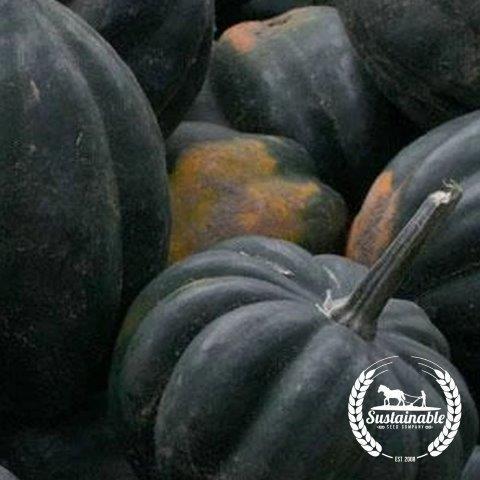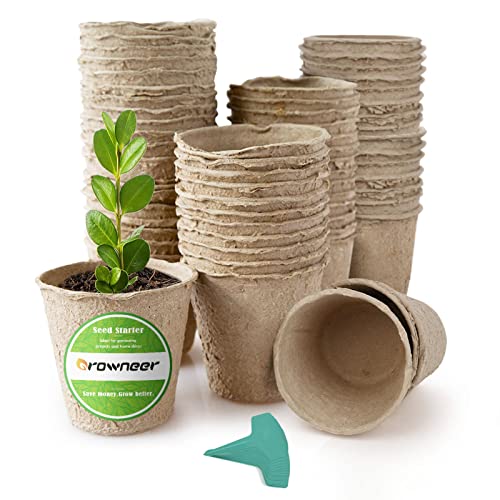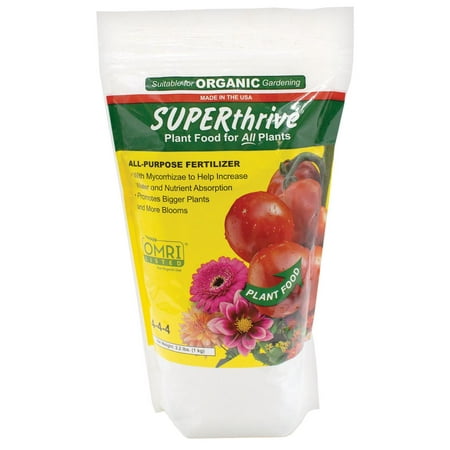How to grow acorn squash from sowing to harvesting – all you need to know for a great crop
Acorn squash is a productive and simple-to-grow winter squash to add to any vegetable garden
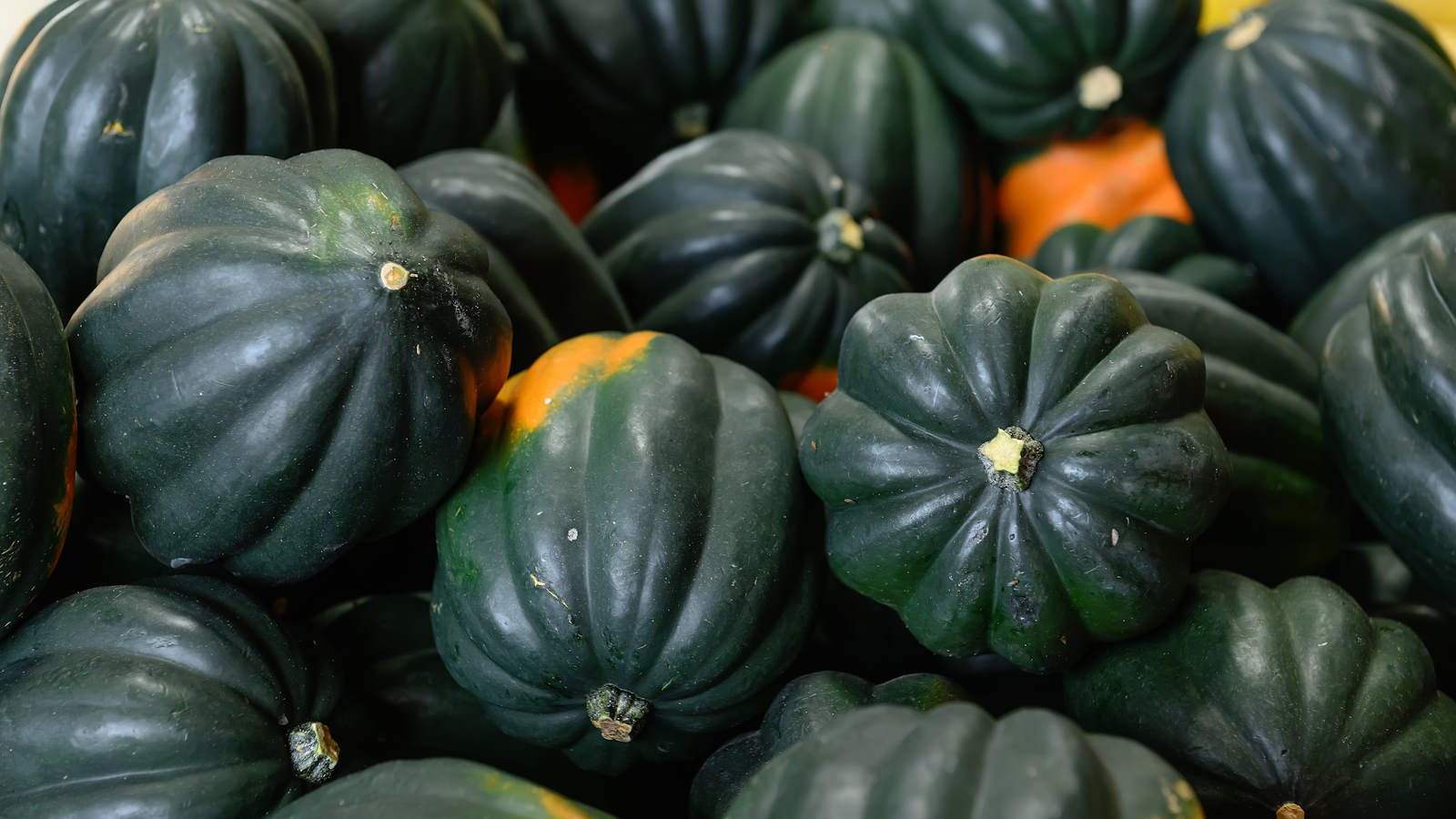

Acorn squashes get their moniker from their distinctive shape. They are small, short, and round, featuring thick ridges around their outside - making them look like an acorns.
Classed as a winter squash, they can be an easy vegetable to grow. Simple to sow and maintain, they can provide any household with fruits weighing 1-2 pounds that have a sweet and nutty flavor.
I grew many different types and varieties of squash, including acorn squash, when working as a kitchen gardener in the UK growing vegetables for chefs. I learnt a lot over the years about growing squash and have also garnered tips from other expert growers to showcase how to grow acorn squash.
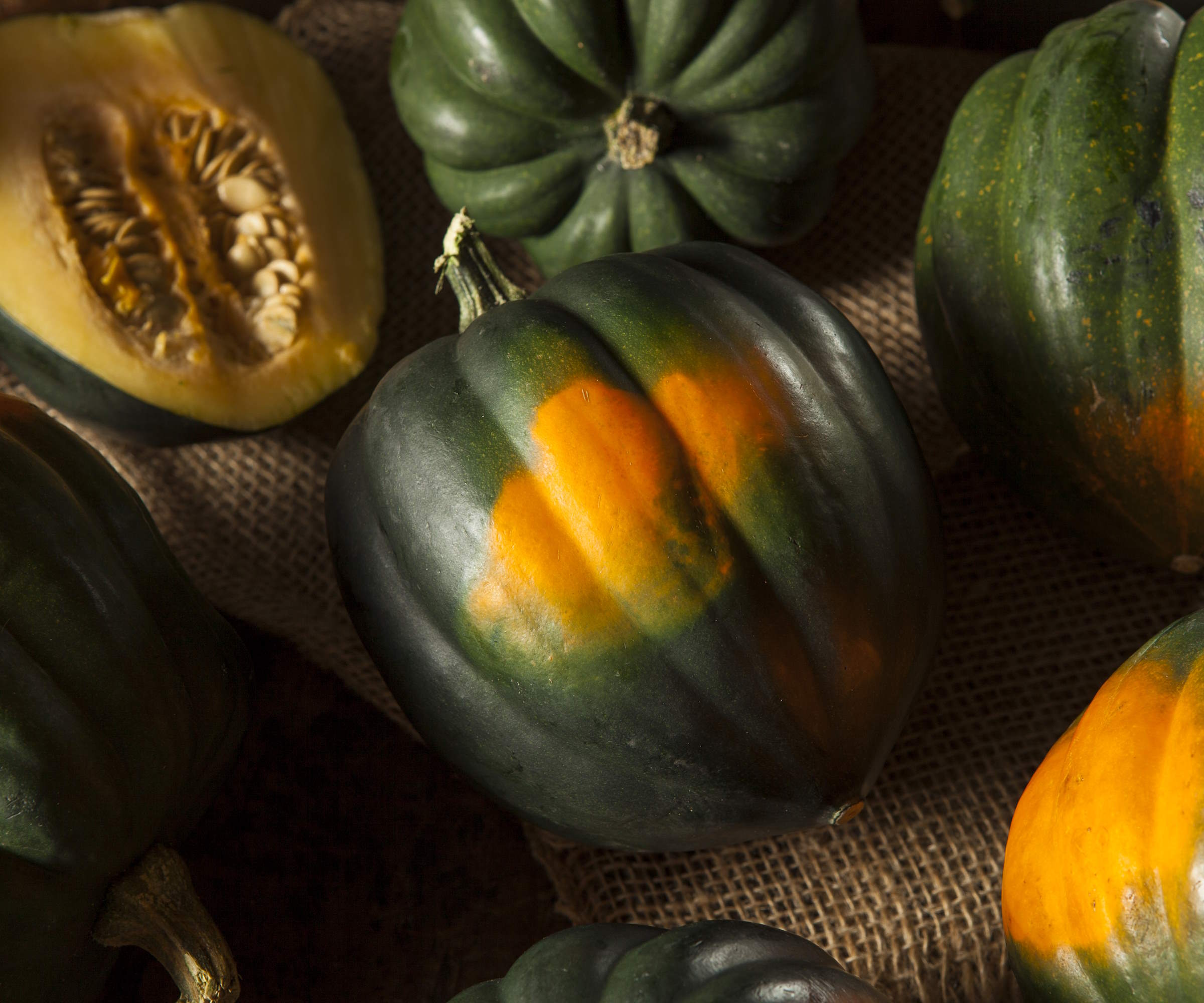
What is an acorn squash?
Acorn squash (Cucurbita pepo var. turbinata) originate from Central and North America and they are also known as Des Moines squash or pepper squash. They are classed as winter squash but are in the same family as summer squash. The fruits are primarily green in color, though there are lighter-colored varieties, and have yellow-orange flesh. Acorn squash plants can be bought from garden centers, nurseries, or online to plant the vegetable in your kitchen garden, or it is a simple crop to grow from seed.
How to grow acorn squash from seed
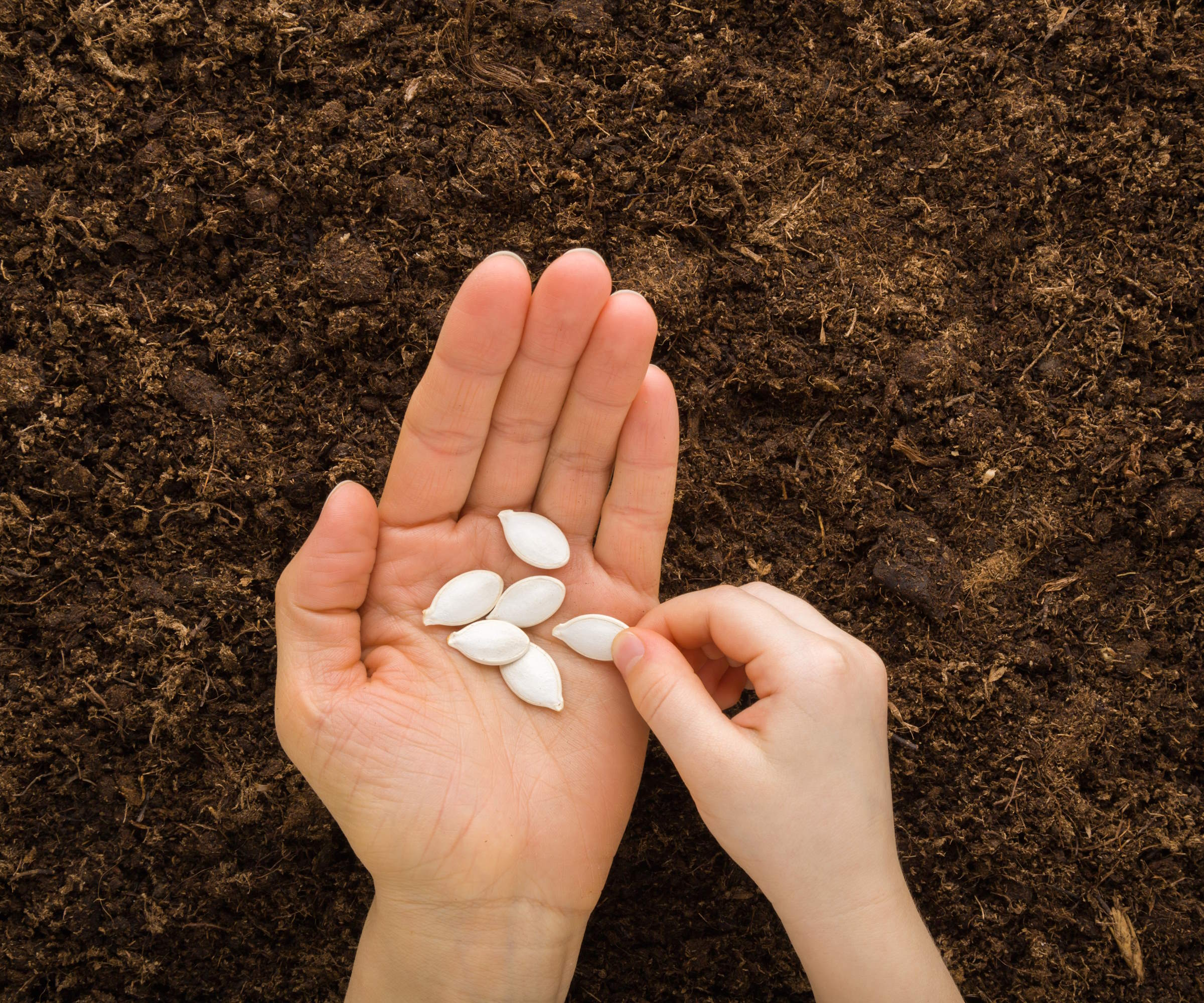
Acorn squash seeds can be sown indoors or outdoors and when and where you have them on a seed sowing schedule is likely down to your location and the length of the growing season - as acorn squash is sensitive to cold weather.
Ashleigh Smith, managing editor at True Leaf Market, advises that, where possible, acorn squash is ‘best directly sown outdoors as the roots do not like to be disturbed’. She adds: ‘Because squash favors warmer temperatures, it is best to sow a week or two after your last spring frost date.’
An ideal soil temperature to plant acorn squash seeds directly is at least 60°F - you can warm the soil using horticultural fleece or cloches to allow you to sow earlier. Sow 1-2 seeds an inch deep at a spacing of at least six inches apart.
Design expertise in your inbox – from inspiring decorating ideas and beautiful celebrity homes to practical gardening advice and shopping round-ups.
Growers in colder climates can start vegetable seeds indoors from March to May, to transplant seedlings into the vegetable garden after the last frosts.
Sow seeds indoors an inch deep in individual pots or large cells filled with a potting mix for starting seeds. Using biodegradable pots can be a good way to avoid disturbing the roots, as you plant the entire pot into the ground.
Keep the seeds at a temperature of 65-70°F in a greenhouse, on a warm windowsill or in a heated propagator for strong germination.

Ashleigh Smith is the Managing Editor at True Leaf Market with a bachelor's degree in horticulture from Brigham Young University - Idaho. True Leaf Market is a nationally certified organic, non-GMO seed and horticultural company based in Salt Lake City, Utah.
How to plant acorn squash
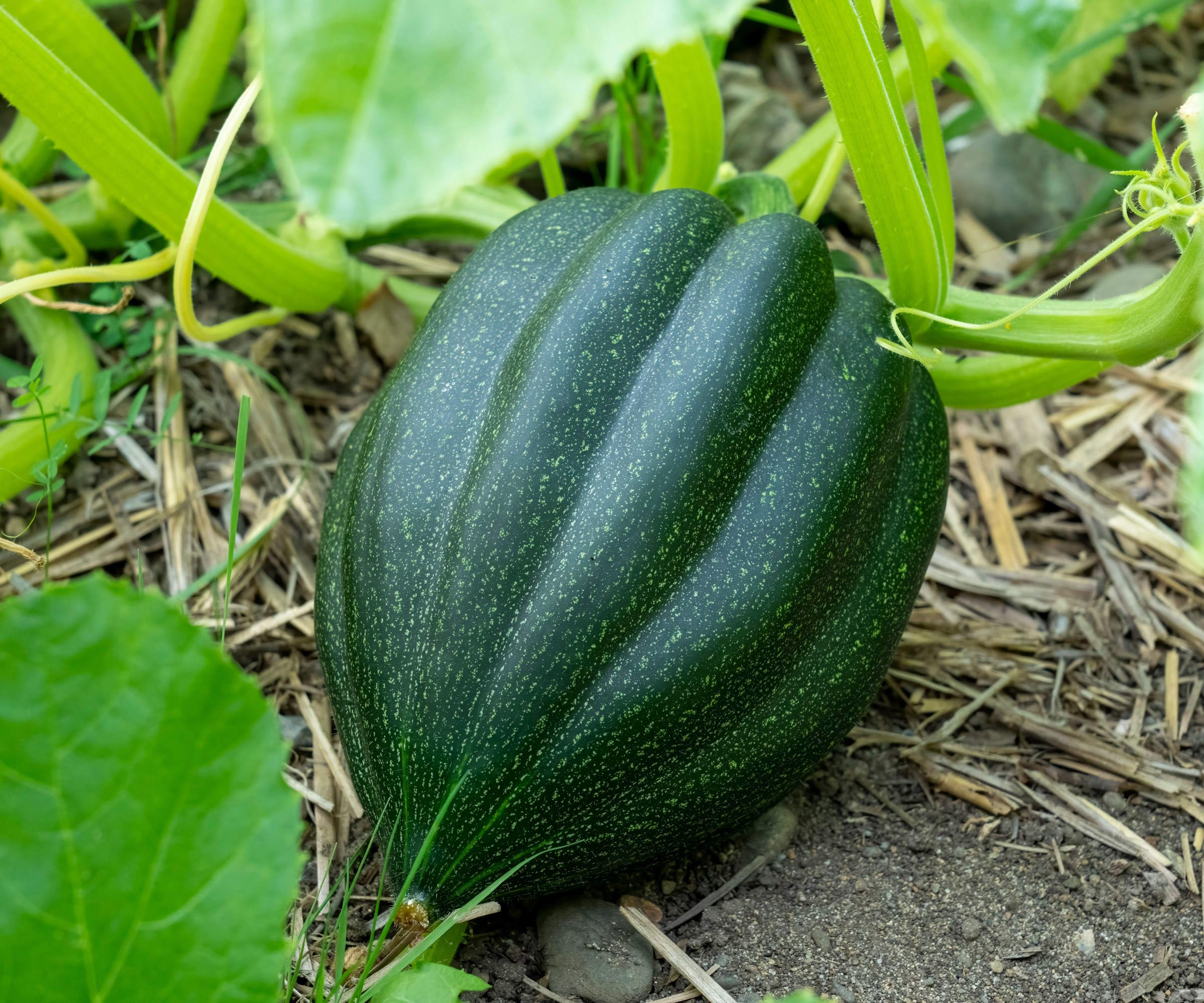
Acorn squash need lots of space to grow as their vines spread significantly. Plants should be at least six feet apart to give them sufficient room. To save space in a small vegetable garden, acorn squash can be grown vertically up a vegetable garden trellis.
Acorn squash wants a sunny spot that gets six to eight hours of direct sunlight per day and a soil type that is rich and well-draining, ideally with organic matter such as compost or well-rotted manure mixed in before planting the squash.
Adding organic matter will also benefit drainage, however, many growers will choose to plant their acorn squash in mounds to prevent issues with plants sitting in soggy soil. Such a mound would be 8-12 inches tall, around the same width, and house one acorn squash plant. Planting several seeds per mound allows you to thin them to keep just the strongest seedlings to grow on.
Take care to minimize root disturbance when planting acorn squash seedlings - this is where using biodegradable pots has a real advantage. Handle the plants gently and ideally keep as much soil around the roots as possible. Plant it slightly deeper than it was in the pot and gently firm it into the soil. Placing a stick or marker in the ground can help you locate the center of the plant when it comes to watering,
Care tips for acorn squash
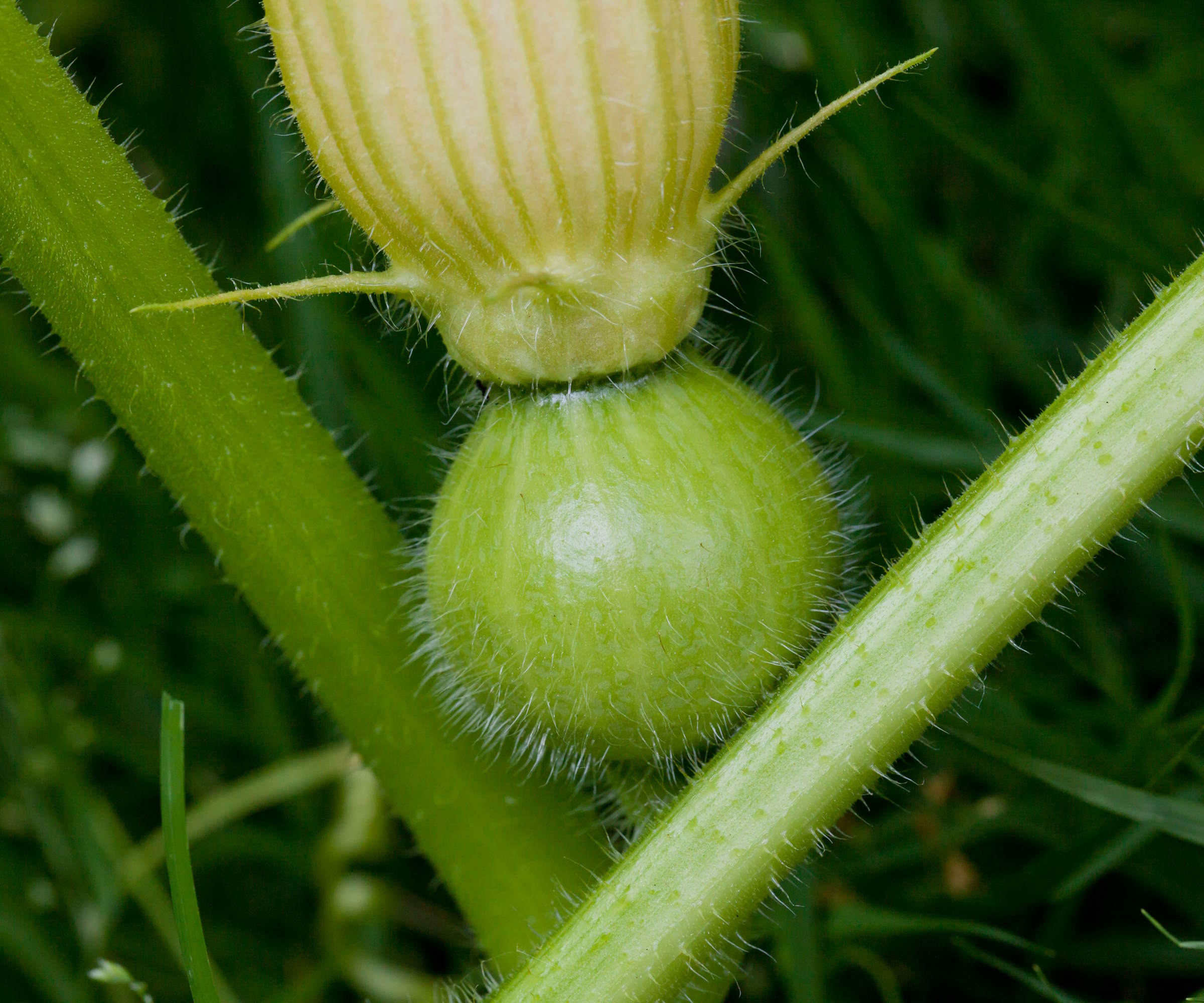
Acorn squash are hungry plants that require a lot of watering throughout the growing season. It is important to keep an eye on when to water plants. Ashleigh Smith says that ‘consistent moisture’ is key to supporting the development of fruits.
‘Deep watering can support stronger root development with enough time for the top 1-1.5 inches of soil to dry out between watering,’ she adds. ‘Inconsistent watering can lead to poor fruit development and blossom end rot.’
Plants ideally want around two inches of water per week and a soil moisture meter, available at Amazon, can be a useful tool to help you gauge when watering is needed. Mulching plants helps retain moisture in the soil and reduces potential competition from weeds for water and nutrients.
Acorn squash also wants lots of nutrients throughout the season to develop its sprawling vines and produce fruit. Adding balanced fertilizer at the time of planting can get them off to a strong start and Rebecca Sears, a gardening expert at Ferry-Morse, recommends: ‘Squash are heavy feeders and will benefit from a balanced, slow-release fertilizer like SUPERthrive Organic All-Purpose Fertilizer.’
Once the plants are flowering, switch to a fertilizer higher in potassium and phosphorus - where the second and third plant fertilizer numbers on the packaging are higher than the first. This will encourage the development of fruits and should be given to plants every two weeks. An ideal product would be one designed for growing tomatoes or there are options to make your own tomato fertilizers, such as a homemade comfrey feed.
Acorn squash need to ripen fully on the vine and the way to identify a ripe squash comes from the color and touch. The fruit will darken in color to its final green shade - unless they are a lighter-colored variety - and the rind will feel tough. It takes 50-60 days from the flowers appearing to the fruit reaching fully ripe and the crop needs to be harvested before the first frost.
Harvest the acorn squash, with a few inches of stem attached, with a pair of clean and sharp pruning shears. Cure the fruits in a cool and dry place at a temperature of 50-55°F for 1-2 weeks and use them within three months.

As CMO and resident green thumb for the Green Garden family of brands, Rebecca Sears nurtures the company's heritage but also looks to develop new products and solutions to help gardeners of all skill levels fuel their passion and become more successful in the garden. Rebecca has been gardening from coast to coast, first realizing her passion while living in Portland, Oregon, inspired by the public gardens throughout the city.
How to grow acorn squash in containers
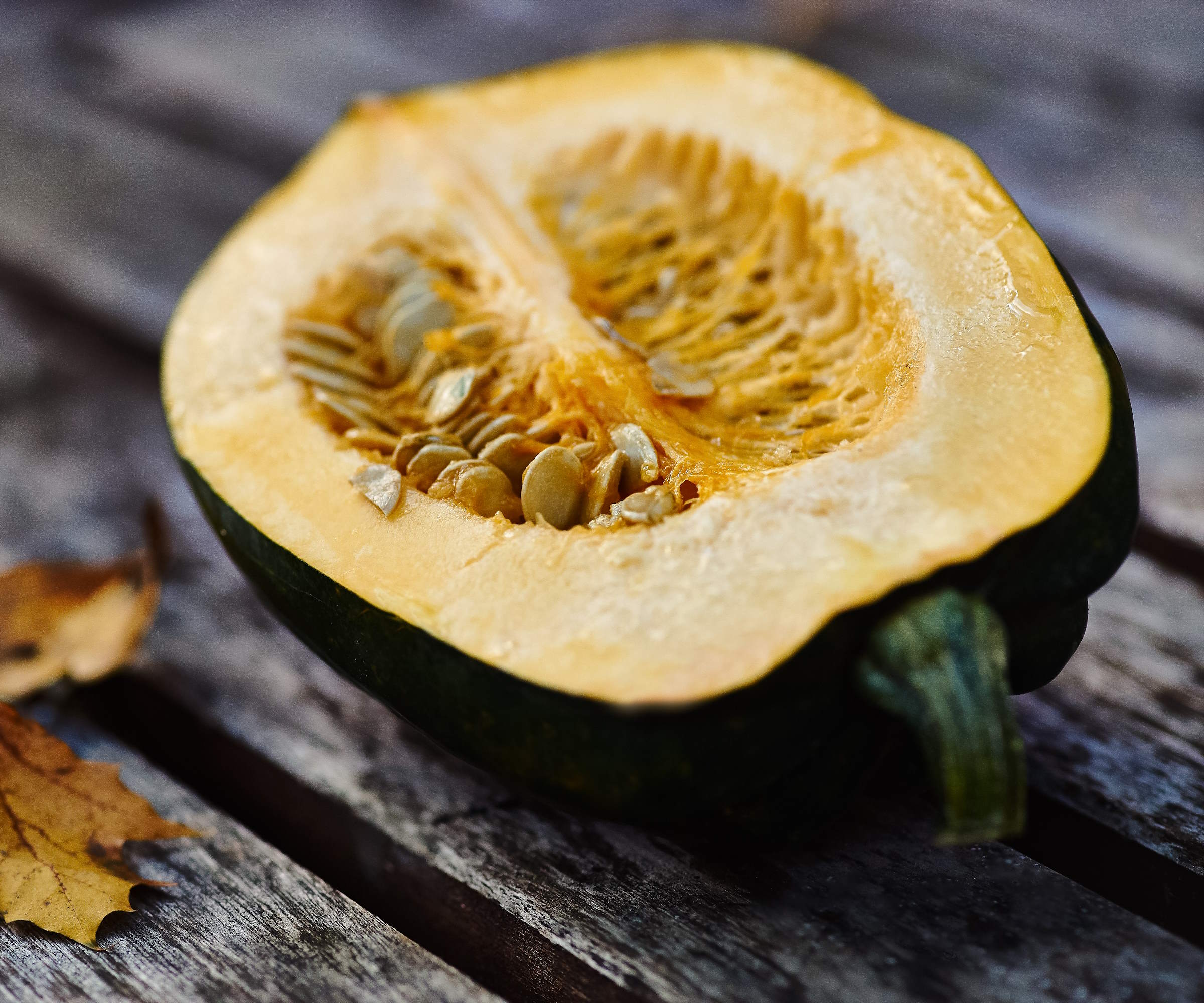
Acorn squash plants can be grown successfully in containers, however, smaller-growing bush varieties, such as early acorn - available at Burpee, are more ideally suited to a vegetable container garden.
It is important to use a large container that is at least 10-12 inches deep - 5-gallon or 10-gallon pots are ideally suitable to use - and has drainage holes in the bottom. As well as plastic, terracotta, or metal planters, grow bags are also a good option for growing acorn squash.
Fill your chosen container with good potting soil, never use garden soil in pots. Place one acorn squash plant per pot and locate it in a sunny corner of the backyard, checking regularly to water the container and fertilize it throughout the growing season.
FAQs
How long does it take for an acorn squash to grow?
Acorn squash is not a fast-growing vegetable, however, the eventual fruits are well worth the wait. It should take 80-100 days from sowing the seeds to the fruits being ready to harvest, or 50-70 days from the flowers being pollinated. The exact days to maturity will depend on the variety and the weather throughout the growing season. Check the seed packet when ordering seeds, or search online, to find out how long it should take for any particular variety you are growing.
How many acorn squash do you get from a plant?
Acorn squash are very productive plants and, depending on the variety, can produce 4-6 fruits per plant. The fruits can weigh anywhere up to three pounds each.
There is a fantastic variety of winter and summer squashes to grow in any backyard vegetable garden. For more squash inspiration, see our in-depth guides on growing butternut squash and spaghetti squash.

Drew has worked as a writer since 2008 and was also a professional gardener for many years. As a trained horticulturist, he worked in prestigious historic gardens, including Hanbury Hall and the world-famous Hidcote Manor Garden. He also spent time as a specialist kitchen gardener at Soho Farmhouse and Netherby Hall, where he grew vegetables, fruit, herbs, and cut flowers for restaurants. Drew has written for numerous print and online publications and is an allotment holder and garden blogger. He is shortlisted for the Digital Gardening Writer of the Year at the 2025 Garden Media Guild Awards.
